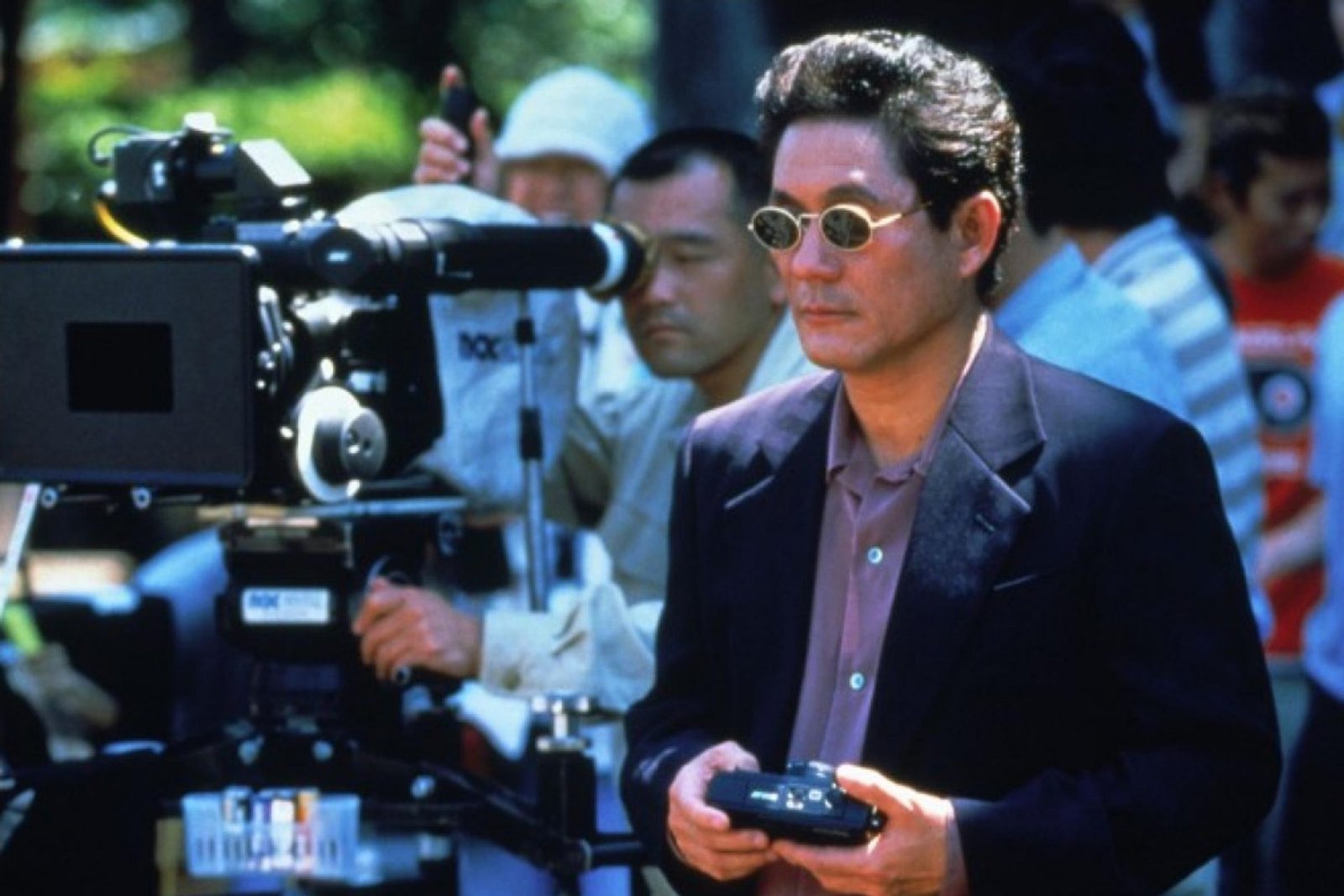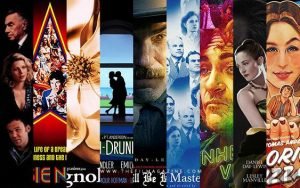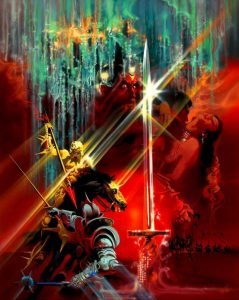The Mastery of Takeshi Kitano: A Closer Look at his Cinematic Legacy
Takeshi Kitano, also known as Beat Takeshi, is a Japanese filmmaker, actor and comedian who has become a prominent figure in the world of cinema. Kitano is recognized for his unique style of filmmaking, blending humor and violence in a way that is both entertaining and thought-provoking. In this article, we will take a closer look at Kitano’s cinematic legacy, exploring his mastery of the art of filmmaking and how he has become one of the most influential filmmakers of our time. Specifically, we will examine his cinematography, which is characterized by its simplicity and minimalist approach, and how this has contributed to his unique visual style.
Takeshi Kitano, also known as Beat Takeshi, is a Japanese filmmaker, actor and comedian who has become a prominent figure in the world of cinema. Kitano is recognized for his unique style of filmmaking, blending humor and violence in a way that is both entertaining and thought-provoking. In this article, we will take a closer look at Kitano’s cinematic legacy, exploring his mastery of the art of filmmaking and how he has become one of the most influential filmmakers of our time. Specifically, we will examine his cinematography, which is characterized by its simplicity and minimalist approach, and how this has contributed to his unique visual style.

Introduction to Takeshi Kitano
If you are a fan of Japanese cinema, you must have heard of Takeshi Kitano. He is a multi-talented artist who has made a significant impact in the film industry as an actor, director, writer, and comedian. Kitano is known for his unique style of filmmaking that blends humor and violence, often exploring themes of loneliness, isolation, and the human condition. He has won numerous awards for his work, including the Golden Lion at the Venice Film Festival in 1997 for his film “Hana-bi” (Fireworks). Kitano’s cinematography is a must-see for any cinephile looking for something different and profound.
Early work in comedy and television
Early in his career, Takeshi Kitano worked in comedy and television. He was part of the comedy duo The Two Beats and appeared in various TV programs as a comedian. However, he also showed an interest in directing and writing, which led him to create his own TV show called “Beat Takeshi’s TV Tackle.” This show became a hit in Japan and showcased Kitano’s unique style of humor and satire. His early work in comedy and television helped lay the groundwork for his later success as a filmmaker, where he continued to incorporate humor into his films while also exploring deeper themes and emotions.
Transition to film directing and acting
Transitioning from one career to another is never an easy feat, but Takeshi Kitano has managed to do it with grace and success. After establishing himself as a popular comedian and TV personality in Japan, Kitano made the transition to film directing and acting. His unique style of storytelling and visually stunning cinematography has earned him critical acclaim and a dedicated fan base. Kitano’s films often explore themes of violence, loss, and redemption, and his use of humor and unconventional storytelling techniques make for a captivating viewing experience. From “Sonatine” to “Hana-bi,” Takeshi Kitano’s contributions to cinema have solidified his place as one of Japan‘s most influential filmmakers.

Unique style of cinematography
Takeshi Kitano, also known as Beat Takeshi, is a renowned Japanese filmmaker who is known for his unique style of cinematography. He is famous for his use of long takes, static shots, and unorthodox camera angles. Kitano’s films often feature minimalist cinematography, where he uses natural lighting, and a muted color palette to create a sense of realism. He often incorporates elements of Japanese culture, such as traditional music and the use of the Japanese language, into his films. Kitano’s cinematography is a masterclass in simplicity and understated elegance, and it is no wonder that he has become one of the most respected filmmakers in the world.
Use of long, static shots
Takeshi Kitano, a renowned Japanese filmmaker, is known for his unique cinematography style that incorporates the use of long, static shots. Through this technique, Kitano allows the audience to immerse themselves in the environment of his films, creating an atmosphere of stillness and contemplation. This style is particularly effective in his crime dramas, where the use of long, static shots creates tension and suspense. Kitano’s cinematography is a testament to his skill as a filmmaker and his ability to convey emotions and ideas through visual storytelling.
Minimal use of music
Takeshi Kitano’s cinematography is known for its minimalist approach, which extends to the use of music in his films as well. Kitano’s films have a sparse use of music, with long stretches of silence punctuated only by natural sounds and dialogue. This approach creates a sense of intimacy with the characters and their surroundings, drawing the audience deeper into the story. Kitano’s minimal use of music is an effective tool in creating a unique cinematic experience that is both immersive and contemplative.

Focus on characters and their internal struggles
One of the most intriguing aspects of Takeshi Kitano’s cinematography is his focus on characters and their internal struggles. His films often feature complex and flawed protagonists who are dealing with personal demons, and Kitano’s direction and writing allow viewers to deeply empathize with these characters. From the stoic and melancholic protagonist in “Hana-bi” to the troubled gangsters in “Sonatine,” Kitano’s characters are multifaceted and engaging. By delving into their internal struggles, Kitano creates captivating and thought-provoking films that leave a lasting impact on viewers.
Depiction of violence and its consequences
Takeshi Kitano’s cinematography is known for its unique portrayal of violence and its consequences. He showcases the repercussions of violent acts, which are often brutal and gory, in a way that makes the audience feel its impact. Unlike many other filmmakers who glorify violence, Kitano’s films demonstrate the ugly reality of it. He often explores the psychological toll that violence takes on both the perpetrator and the victim, making his films thought-provoking and powerful. This depiction of violence and its consequences is a trademark of Kitano’s work and has earned him critical acclaim in the film industry.
Collaborations with composer Joe Hisaishi
Takeshi Kitano’s cinematography is undoubtedly unique and captivating. However, his collaborations with renowned composer Joe Hisaishi have added a whole new level of artistry to his films. The duo has worked together on several films, including “Sonatine” and “Hana-bi,” creating some of the most iconic scores in Japanese cinema. Hisaishi’s music perfectly complements Kitano’s visually stunning scenes, enhancing the emotions and atmosphere of each film. Their collaborations have become legendary in the world of cinema, and rightfully so.
Legacy and influence on modern Japanese cinema
Takeshi Kitano’s cinematography has left an undeniable legacy and influence on modern Japanese cinema. His unique style, which blends violence, humor, and tragedy, has paved the way for a new generation of directors and filmmakers. Kitano’s use of long takes, minimalist dialogue, and unconventional camera angles has also become a hallmark of contemporary Japanese cinema. His films have brought international attention to Japanese cinema, and his impact can be seen in the works of many modern filmmakers who have been inspired by his style and approach. Kitano’s contributions to the world of cinema are truly remarkable and have left an indelible mark on the industry.
For more information about Takeshi Kitano cinematography, including movie details, cast information, etc..
check out the filmaffinity page.



